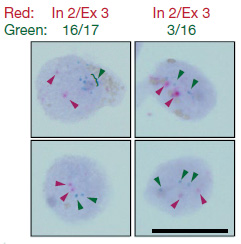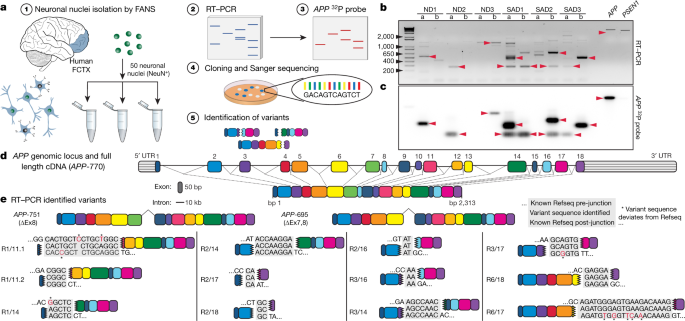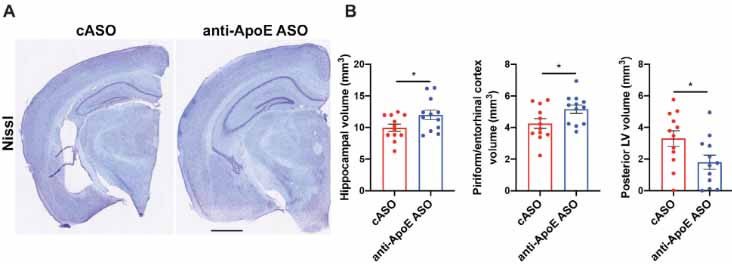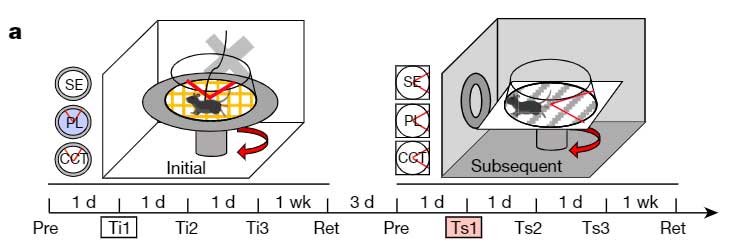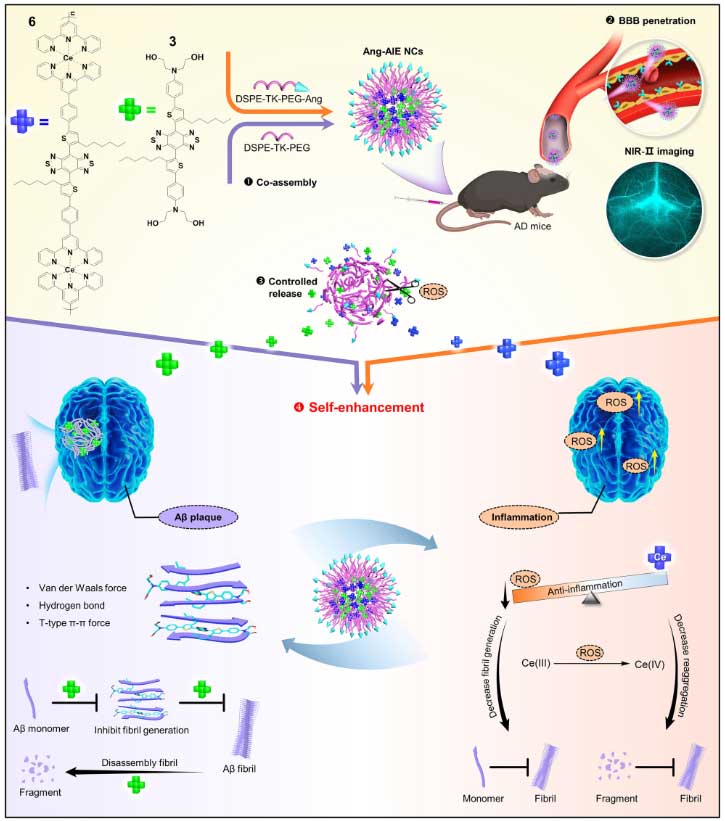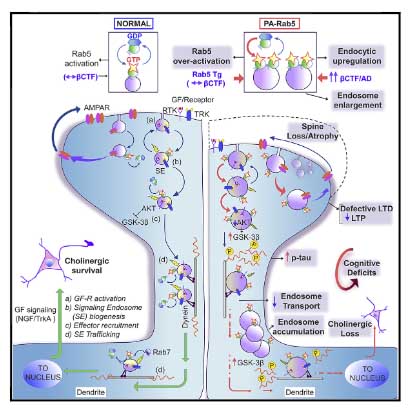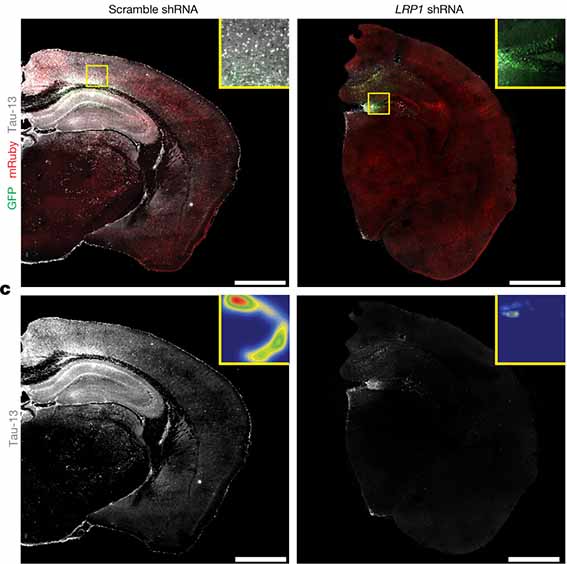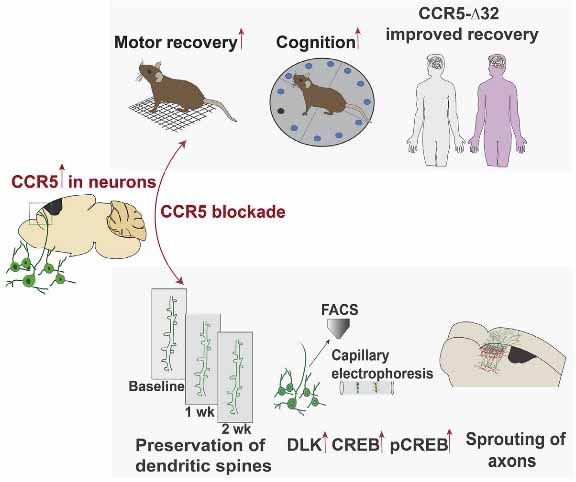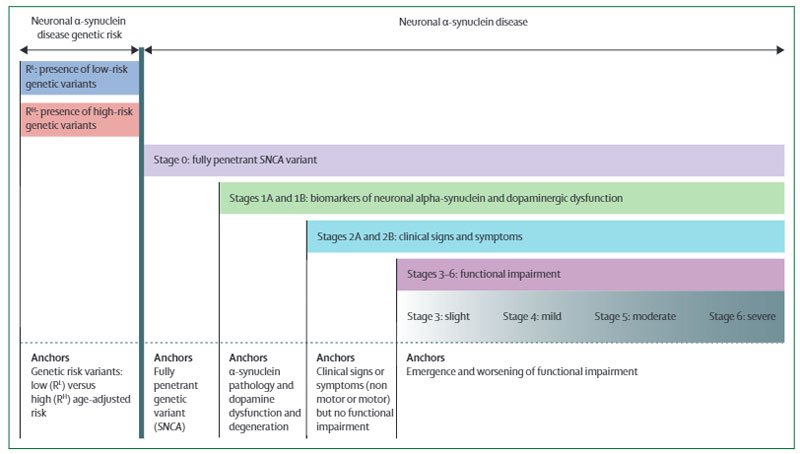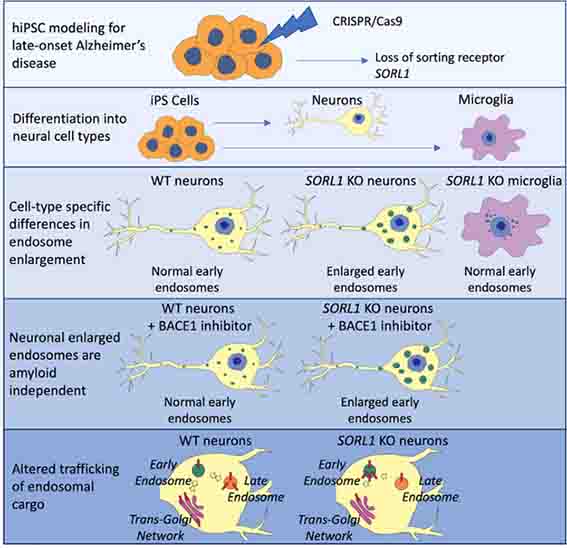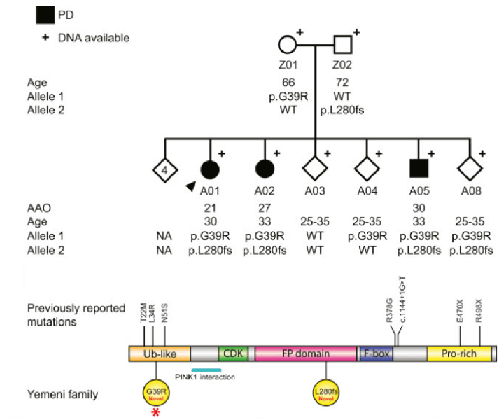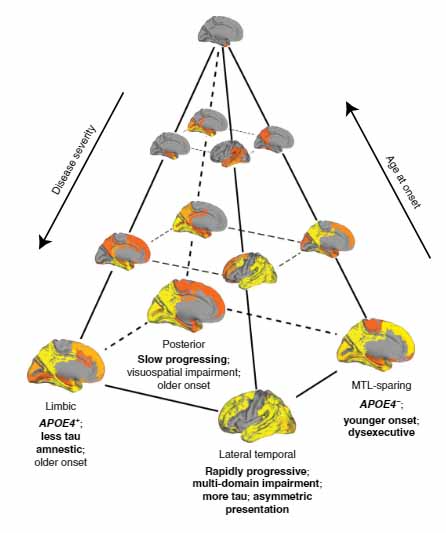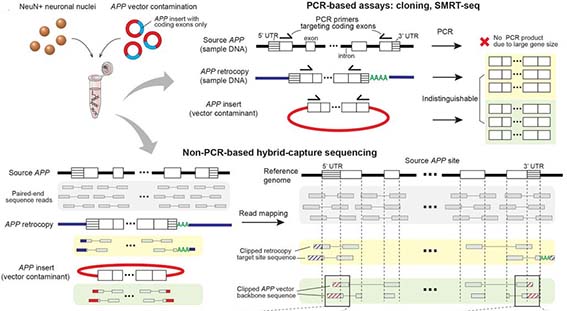
以前、孤発性アルツハイマー病(Alzheimer's disease, AD)で、
アミロイド前駆体蛋白質(Amyloid precursor protein, APP)が、転写後にゲノム遺伝子に挿入されるという現象が多く起こっている、
という論文を紹介しました。
ヒトの脳内の多様性や複雑性は、普遍的なゲノムによってエンコードされていると考えられている。 脳内におけるゲノムのモザイク現象は、神経前駆細胞や神経細胞で同定され、コピー数の多様性(copy number variatio …
The gene for the amyloid precursor protein (APP) shows somatic gene recombination in neurons, and the abundance and diversity of APP variants is increased in neurons from individuals with Alzheimer’s disease.
私自身、大変驚いた論文だったのですが、
その現象が、
「他の実験で使われたAPP遺伝子の挿入されたベクターがコンタミしていた事が原因だった」
という内容を、
アメリカ・Boston Children’s HospitalのLeeとWalshらのグループから
去年の10月にバイオアーカイブに報告されていたそうです。
Mutations that occur in cells of the body, called somatic mutations, cause human diseases including cancer and some neurological disorders[1][1]. In a recent study published in Nature, Lee et al.[2][2] (hereafter “the Lee study”) reported somatic copy number gains of the APP gene, a known risk locus of Alzheimer’s disease (AD), in the neurons of AD-patients and controls (69% vs 25% of neurons with at least one APP copy gain on average). The authors argue that the mechanism of these copy number gains was somatic integration of APP mRNA into the genome, creating what they called genomic cDNA (gencDNA). We reanalyzed the data from the Lee study, revealing evidence that APP gencDNA originates mainly from contamination by exogenous APP recombinant vectors, rather from true somatic retrotransposition of endogenous APP . Our reanalysis of two recent whole exome sequencing (WES) datasets—one by the authors of the Lee study[3][3] and the other by Park et al.[4][4]—revealed that reads claimed to support APP gencDNA in AD samples resulted from contamination by PCR products and mRNA, respectively. Lastly, we present our own single-cell whole genome sequencing (scWGS) data that show no evidence for somatic APP retrotransposition in AD neurons or in neurons from normal individuals of various ages. [1]: #ref-1 [2]: #ref-2 [3]: #ref-3 [4]: #ref-4
APPのゲノム組み込み現象はただのコンタミ?……か否か
彼らは、それが何のベクターのコンタミなのかまで明らかにし、
さらに自分たちでAD患者脳を分析しても、APPのモザイクは確認されなかったとのこと。
また、著者らは、他のAPP挿入論文で使われたサンプルも調べ、こちらでも別のコンタミを確認したそうです。
渦中の論文のLee達は、先日、バイオアーカイブに反論の論文をだし、
前回の論文では一部コンタミがあることを認めたものの、他のデータはコンタミでは説明できないこと、
別のAD患者のサンプルを再度解析し、同じようなAPP組み込みの結果が得られたことなどを報告しました。
In the accompanying comment[1][1], Kim et al . concluded that somatic gene recombination ( SGR ) and amyloid precursor protein ( APP ) genomic complementary DNAs ( gencDNAs ) in brain are contamination artifacts and do not naturally exist. We disagree. Here we address the three types of analyses used by Kim et al . to reach their conclusions: informatic contaminant identification, plasmid PCR, and single-cell sequencing. Additionally, Kim et al . requested “reads supporting novel APP insertion breakpoints,” and we now provide 10 different examples that support APP gencDNA insertion within eight chromosomes beyond wildtype APP on chromosome 21 from Alzheimer’s disease ( AD ) samples. If SGR exists as experimentally supported here and previously[2][2],[3][3], contamination scenarios become moot. Our informatic analyses of data generated by an independent laboratory (Park et al.)[4][4] , complement and are entirely consistent with what Lee et al .[2][2] presented via nine distinct lines of evidence, in addition to three from a prior publication[3][3]. Plasmid contamination was identified in a single pull-down dataset after publication of Lee et al .[2][2]; however subsequent analyses did not alter any of our conclusions including those of our prior publications[3][3],[5][5] and plasmid contamination-free replication of this approach by ourselves and others supported the original conclusions. Novel retro-insertion sites, alterations of APP gencDNA number and form with cell type from the same brain and pathogenic SNVs occurring only in AD, all support the existence of APP gencDNAs produced by SGR. ### Competing Interest Statement Sanford Burnham Prebys Medical Discovery Institute has filed the following patent applications on the subject matter of this publication: (1) PCT application number PCT/US2018/030520 entitled, "Methods of diagnosing and treating Alzheimer's disease" filed 1 May 2018, which claims priority to US provisional application 62/500,270 filed 2 May 2017; and (2) US provisional application number 62/687,428 entitled, "Anti-retroviral therapies and reverse transcriptase inhibitors for treatment of Alzheimer's disease" filed 20 June 2018. JC is a co-founder of Mosaic Pharmaceuticals. [1]: #ref-1 [2]: #ref-2 [3]: #ref-3 [4]: #ref-4 [5]: #ref-5
My View
Alzformをみると、最初にLee達の論文が出た時点で、コンタミ疑惑の声が上がっていたとの事。
私は、内容を理解するので精一杯で、コンタミかもなんて考えは露程も浮かびませんでした。
結局、APPのゲノム組み込みという現象は本当にあるのかないのか、
まだ解決したわけではなさそうですが……
最初に 「モザイクだ!」と思った時点で
頭がそれしか考えられなくなり、
それに沿うような実験結果ばかりに目が行ってしまったんじゃないか、
というイメージがなんとなく浮かびつつ……
References
- Lee, M., Siddoway, B., Kaeser, G.E. et al. Somatic APP gene recombination in Alzheimer’s disease and normal neurons. Nature 563, 639–645 (2018). https://doi.org/10.1038/s41586-018-0718-6
- Evidence that APP gene copy number changes reflect recombinant vector contamination
Junho Kim, Boxun Zhao, August Yue Huang, Michael B. Miller, Michael A. Lodato, Christopher A. Walsh, Eunjung Alice Lee
bioRxiv 706788; doi: https://doi.org/10.1101/706788 - Reply: Evidence that APP gene copy number changes reflect recombinant vector contamination
Ming-Hsiang Lee, Christine S. Liu, Yunjiao Zhu, Gwendolyn E. Kaeser, Richard Rivera, William J. Romanow, Yasuyuki Kihara, Jerold Chun
bioRxiv 730291; doi: https://doi.org/10.1101/730291 - ALZFORUM News, Rogue APP Claim Embroiled in Contamination Concerns, https://www.alzforum.org/news/research-news/rogue-app-claim-embroiled-contamination-concerns
